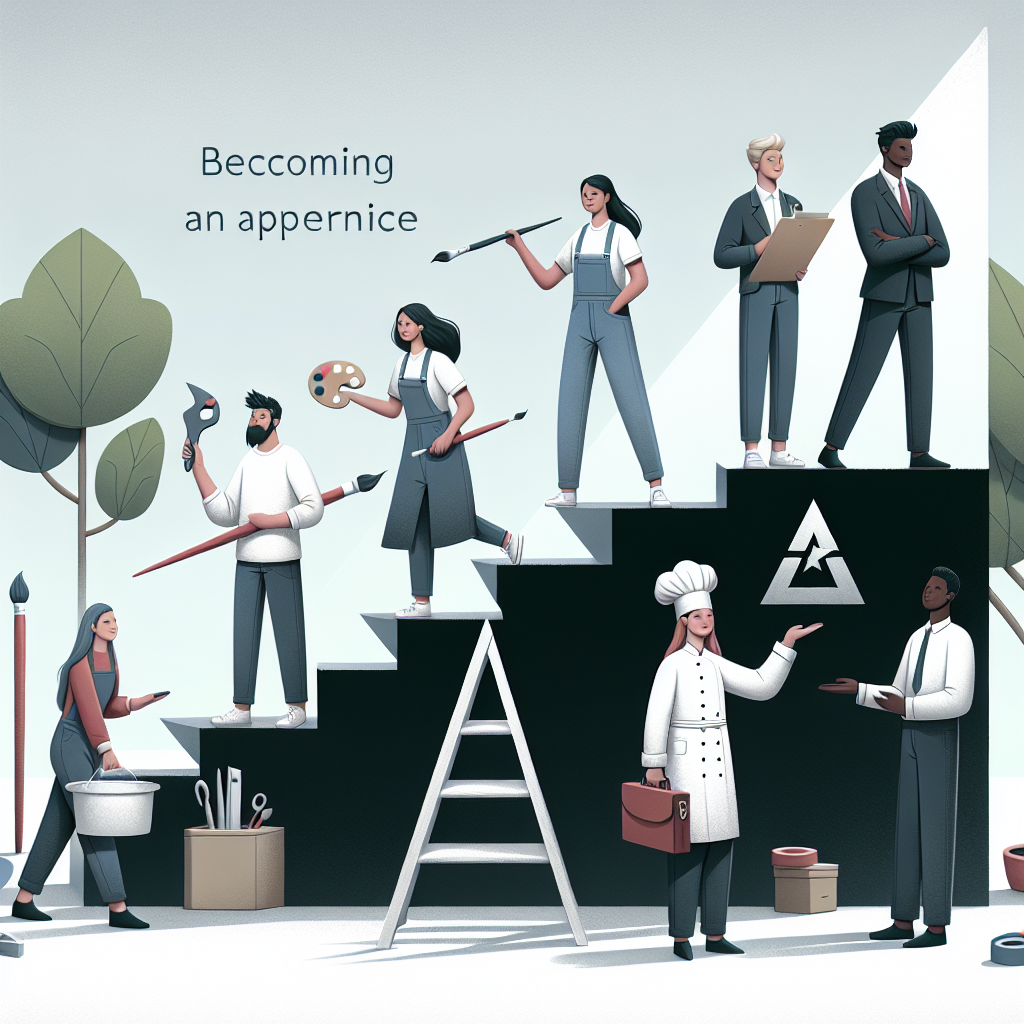If you’re researching How To Become An Apprentice: The Ultimate Guide, this article walks you through practical steps, expectations, and where to look so you can move from curiosity to application with confidence. Apprenticeships blend paid on-the-job training with classroom instruction, and they’re available across trades, technology, healthcare, and more. Below you’ll find a clear roadmap, tips for preparing a strong application, and resources to help you locate the right program.
How to become an apprentice: a simple roadmap
Starting an apprenticeship typically follows a few consistent stages. Understanding the flow helps you plan timelines and gather materials that most programs require.
- Research industries and occupations that use apprenticeships (construction, electrical, plumbing, IT, healthcare, manufacturing).
- Identify accredited programs, unions, employers, or community college partnerships that sponsor apprentices.
- Prepare your application materials: resume, references, and any required test scores or certifications.
- Apply, interview, and complete any pre-hire screens or safety checks.
- Begin training: combine paid work with classroom learning and track your progression toward certification.
Why choose an apprenticeship?
Apprenticeships provide hands-on learning and often lead directly to certification or a journeyperson credential. Unlike many degree tracks, apprenticeships usually pay while you learn and focus on practical competencies employers want. They can be especially powerful for career changers, recent graduates, or anyone who prefers experiential learning to purely academic routes.
Benefits at a glance
- Earn while you learn — wages increase as skills develop.
- Clear career pathway with credentialing and employer connections.
- Lower or no tuition compared with traditional degrees in many fields.
- Strong employer support and mentoring from experienced tradespeople.
How to find apprenticeship programs
Start with local community colleges, trade unions, employer websites, and workforce development boards. Many large employers maintain apprenticeship pages, and some programs are listed through state apprenticeship agencies. For industry-specific insight and national context, consult the Bureau of Labor Statistics’ overview of apprenticeships to understand trends and occupations with apprenticeship opportunities.
Preparing a competitive application
Applications vary, but you can improve your chances by focusing on transferable skills, commitment to the trade, and reliability. Highlight experience with tools, technical classes, volunteer projects, or part-time jobs that demonstrate work ethic. If you lack hands-on experience, consider short certificate courses or volunteer work to build relevant examples for interviews.
Interview and selection tips
- Practice explaining why you want hands-on training and how you handle instruction and feedback.
- Show punctuality and dependability—apprenticeships depend on consistent attendance on job sites and in class.
- Prepare basic questions about mentorship structure, classroom hours, wage progression, and certification milestones.
What to expect during an apprenticeship
Expect a mix of workplace duties and classroom or lab instruction. Progress is measured by competencies or hours worked in specific tasks. Apprentices typically rotate through tasks, receive mentorship, and are periodically evaluated. The total length varies by occupation—some last a year or two, others three to five years.
Financial and logistical considerations
Apprenticeship pay often starts below experienced wage rates but increases as you gain skills. Some programs provide tools, safety equipment, and tuition for classroom portions. Confirm details about wages, benefits, schedule, and any costs before committing so you can plan housing, transportation, and family responsibilities around training hours.
Additional resources
Look for local workforce centers, community college career services, and trade associations for up-to-date listings. If you’re considering a midlife change, there are guides tailored to older adults entering new careers; for example, see this resource on starting fresh: new career paths for women at 50 which discusses transitioning later in life and may offer useful perspective if you’re reorienting your career.
Quick checklist to start
- Identify 3 target occupations that fit your interests and strengths.
- Gather or create a concise resume and list of references.
- Contact local programs and sign up for informational sessions or open houses.
- Prepare for basic skills assessments (math, reading comprehension) where required.
FAQ
Q: Do apprenticeships require formal education?
A: Not necessarily. Many require a high school diploma or equivalent, though some advanced apprenticeships prefer related coursework. Practical experience and a willingness to learn are often more important.
Q: Are apprenticeships only in construction and trades?
A: No. While common in trades, apprenticeships now cover IT, healthcare, advanced manufacturing, and other sectors that combine technical skills with on-the-job training.
Q: How long does an apprenticeship take?
A: Typical programs range from 1–5 years depending on the occupation and credentialing requirements; ask each program for its expected timeline and milestones.



